| Structure | Name/CAS No. | Articles |
|---|---|---|
 |
sodium chloride
CAS:7647-14-5 |
|
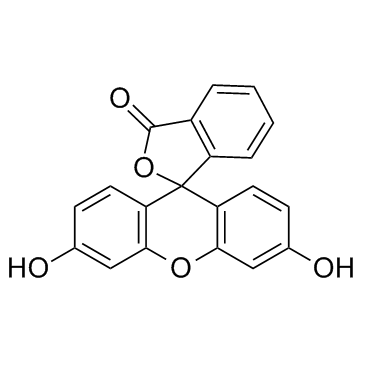 |
Fluorescein
CAS:2321-07-5 |
|
 |
Dimethyl sulfoxide
CAS:67-68-5 |
|
 |
HEPES
CAS:7365-45-9 |
|
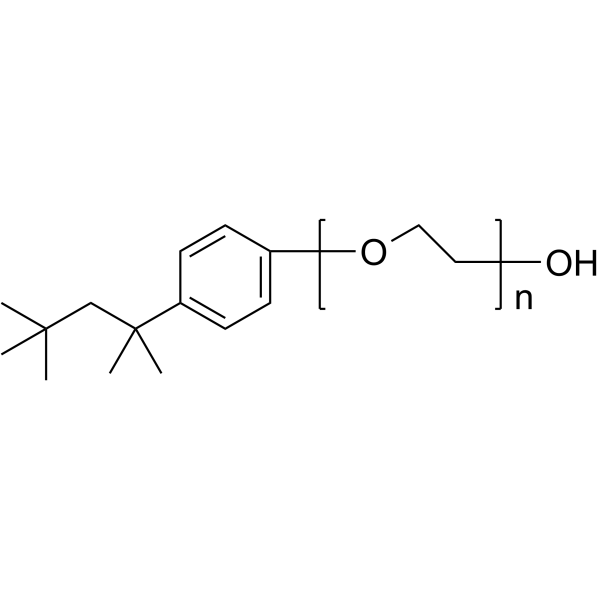 |
Triton X-100
CAS:9002-93-1 |
|
 |
SODIUM CHLORIDE-35 CL
CAS:20510-55-8 |
|
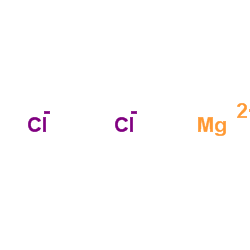 |
Magnesium choride
CAS:7786-30-3 |
|
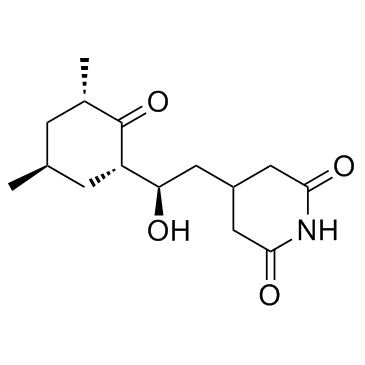 |
Cycloheximide
CAS:66-81-9 |
|
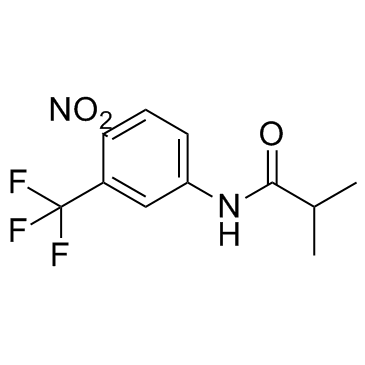 |
Flutamide
CAS:13311-84-7 |
|
 |
8-Octanoyloxypyrene-1,3,6-trisulfonic acid trisodium salt
CAS:115787-84-3 |